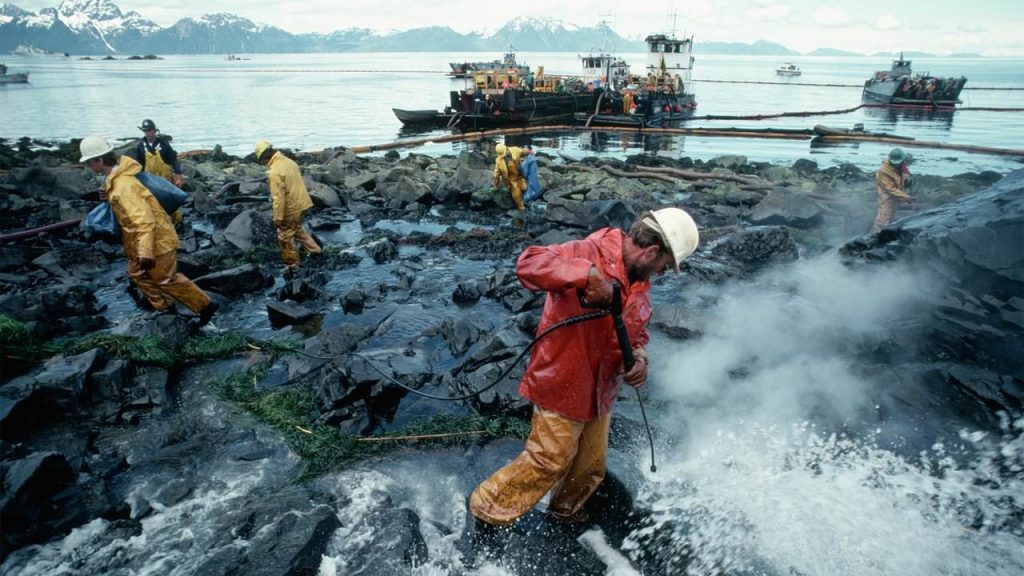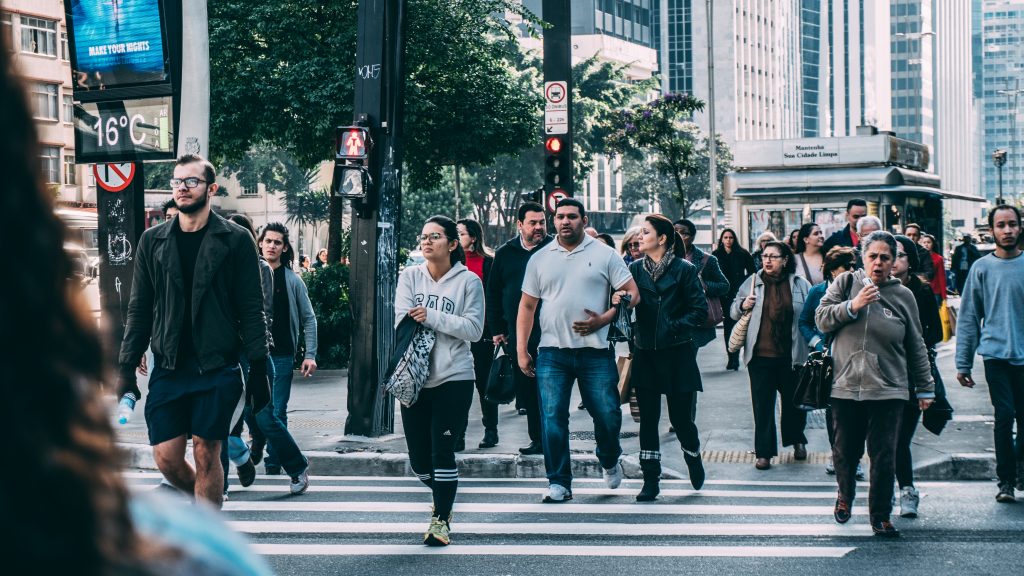Some people don’t believe it, but global warming is not a joke. Some even deemed that this is the start to the end of the world. In fact, 2016 marked the third year in a row that records global temperature that puts us into a real climate danger zone. Let alone for the year of 2017.
What is Global Warming?
It occurs when carbon dioxide (CO2) and other air pollutants and greenhouse gases collect in the atmosphere and absorb sunlight and solar radiation that has bounced off the earth’s surface. Normally, this radiation would escape into space—but these pollutants, which can last for years to centuries in the atmosphere, trap the heat and cause the planet to get hotter, also known as the greenhouse effect. The global carbon dioxide equivalent of greenhouse gases (GHG) in the atmosphere has exceeded 400 parts per million; which is considered at the tipping point towards the destruction of the earth’s climate.
TLDR; Our development wastage is causing Earth to warm up!

Melting Sea Ice In Alaska
For example, Alaska, one of the coldest region to be in, is warming faster than anywhere on earth. Wildlife and communities in Alaska suffered from the impacts of sea ice melts, lakes dry up, and disruption of the marine ecosystem.

Aftermath of the Exxon Valdez oil spill
Not only that, the oil spill occurrence is also part of the factor that slows down the better growth of the environment. A 2007 study conducted by the National Oceanic and Atmospheric Administration (NOAA) found that 26,000 gallons of oil from the Exxon Valdez (1989) oil spill was still trapped in the sand along the Alaska shoreline. Pollutions and the increased temperature of the earth have impacted us in the worst way possible. With the increase in healthcare treatment (oh no! People are getting sick!) and extinction of the wildlife and marine system, it’s easy to point fingers at the big industries as the ones who are to blame. However, we believe a better environment starts with our own self. Going green is easier than you would think! Here are the little things you can do to help reduce harmful impact on the environment.
 Public Transportation
Public Transportation
Sounds like a hassle, but you can find solace in the fact that by giving up the comfort of a driver’s seat to a public transportation, you can help reduce annual carbon dioxide emissions by 4,800 pounds; which is equivalent to 10 percent of greenhouse gas emissions produced by two average adults (via Greatist). Walking does not only reduce air pollution, you’ll also get the exercise you need and most importantly, you’ll never get caught stuck in the jam! However, if relying on public transportation is not an option for you, you can try carpooling! You get to share the fuel and parking costs with friends, colleagues, and other people who might be interested to join you!

No Plastic Bags
Bad news first: a few years ago scientists discovered a gigantic mass of plastic floating in the Pacific Ocean, which is a huge threat to marine life. Luckily, many companies are becoming environmentally conscious of the impacts it has on mother-nature. In Selangor, a survey by the state government discovered that 90% of Selangor residents polled are aware that plastic bags are harmful to the environment. Hence the imposing ban on plastic bags and urging people to make it a habit to bring their own shopping bags or containers. This green initiative sees retailers no longer providing polystyrene containers to pack food, and plastic bags are being charged. Yes, it is hard and takes some getting used to, but we’ll live. The thought living in a world that is slowly dying weighs more in our mind, I think.

Recycle Your Waste!
When we recycle, used materials are converted into new products, thus reducing the need to consume natural resources. Recycling works mainly by discarding your waste into the right categories, easing the separation process, which in turn reduces the labour cost and makes recycling easier and more affordable. There are an increasing number of recycle bins provided around Malaysia, and typically there are three colours to place separate materials:
Blue is for all coloured and non-coloured papers such as newspapers, magazines, books and more.
Brown is for all coloured and non-coloured glass, like soft drink bottles, food containers and cosmetic bottles.
Orange is for aluminium, steel, and plastic.
With the many ways to help decrease pollution and help slow down global warming, there is no excuse for us not to do your part. Each step might seem small, but with everyone else it’s a joint effort in securing a better environment for our children and generations to come. Prevention is definitely better than cure.
Click here for a list of recycling centres across Klang Valley and Kuala Lumpur.


